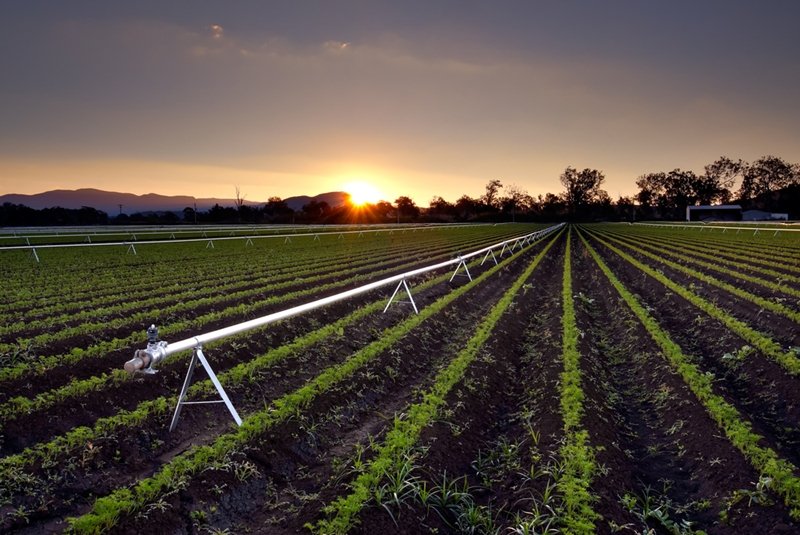2 June 2016
Technology is helping companies across every sector operate more efficiently and deliver a higher quality product - including those in the agricultural sector. This has become increasingly pronounced in recent times, as more tech-savvy young people start to take a greater interest in farming.
For example, as the Sydney Morning Herald (SMH) reported, the number of University of Sydney students studying a bachelor of science specialising in agriculture increased by 75 per cent between 2010 and 2015. The forward-thinking nature of the future generation of farmers has the potential to impact just about every aspect of the industry, from operational processes to farm insurance premiums and everything in between.
"Everyone is willing to try new ways of doing things."
"Young people aren't as emotionally attached as the older generation, we run the farm more as a business," explained 34-year-old sheep and cattle farmer Cam Murray.
"We use GPS, apps and smartphones to help with farm management, weather, animal husbandry … Everyone is willing to try new ways of doing things."
The impact of such devices on the farming industry cannot be overstated, but what are some examples of the types of tech modern farmers are leveraging to stay ahead of the curve?
1. Unmanned aerial vehicles
As any farmer with a reasonably large cattle herd can attest to, mustering is a time-consuming and costly task, which also carries with it some significant health and safety risks.
Technology is simplifying the endeavour. CSIRO is in the process of developing unmanned aerial vehicles (UAVs), which make use of thermal imaging to track down wayward livestock.
2. Soil mapping

Australia's soil is notoriously fragile, which poses a number of challenges for agribusinesses big and small across the country.
Soil mapping aims to alleviate this burden. How? Well, as CIO noted, the technology focuses on taking a more specific approach to crop management by analysing the soil content of a single paddock rather than an entire farm.
"You can tell your machinery to apply the fertiliser for the optimal amount per unit of land," surmised David Lamb from the Precision Agriculture Research Group at the University of New England.
"If it's a relatively poor piece of soil, you put more fertiliser in and vice versa."
3. Robots
It might sound like a work of fiction, but many believe that robots will play an integral role in Australia's agricultural future.
ABC News described one such robot: Ladybird. An autonomous solar-powered machine, Ladybird can monitor and evaluate a range of different metrics and even destroy weeds via a targeted spraying system.
The future of agriculture is approaching. When the time comes to invest in technology for your business, make sure you have the right farm insurance to keep you and your assets covered.